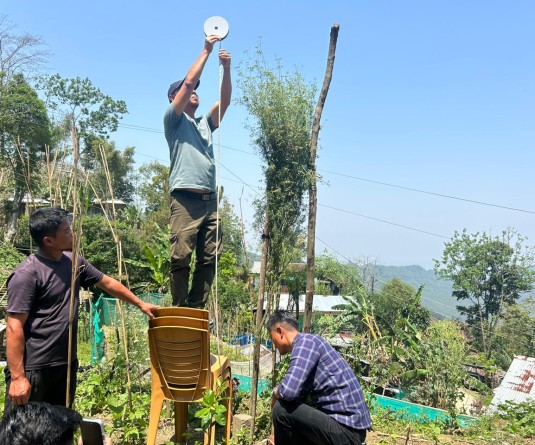
Dimapur, February 28 (MExN): Nagaland has a huge potential for increasing output in the floriculture sector. The wide diversity in topography and geo-climatic conditions across the State offers scope for cultivation of different varieties of flowers. Floriculture as a means of livelihood is relatively new to the State.
However, according to the Nagaland State Human Development Report 2016, during the last few years, the sector has made tremendous strides in terms of coverage area and production through support provided by the State Government. Provision and installation of hi-tech structure, inputs in terms of seeds and extension services, post harvest handling and provision of market linkages for the commercial farmers have boosted floriculture in the State.
This has led to establishment of florist shops hitherto unknown and increased use of locally produced fresh flowers for functions and occasions which were earlier imported from other states. Flower Growers Associations have also been formed for the welfare of the flower growers enhancing their bargaining power as a collective in the supply demand chain.
Blessed with favourable climatic conditions, improvement in transport services and increasing market demands, floriculture is now recognised as an emerging area of commercial potential in the State. Rose and Lillium are the two important flowers in terms of quality and demand in the State. Anthurium, Carnation, Helicornia, Alstromeria, orchids and other exotic flowers also have potential. Although insignificant as compared to the national total production, during 2008-2009 to 2010-2011 production of cut flowers in the State was about 17 lakh annually.
According to the Department of Horticulture, a total area of 96,800 square metre produces 78,57,600 stems with productivity of 100 stems per square metre. Potentials of the State in this sector have to be realised through provision of essential inputs, capacity building of farmers and construction of cold storages.




